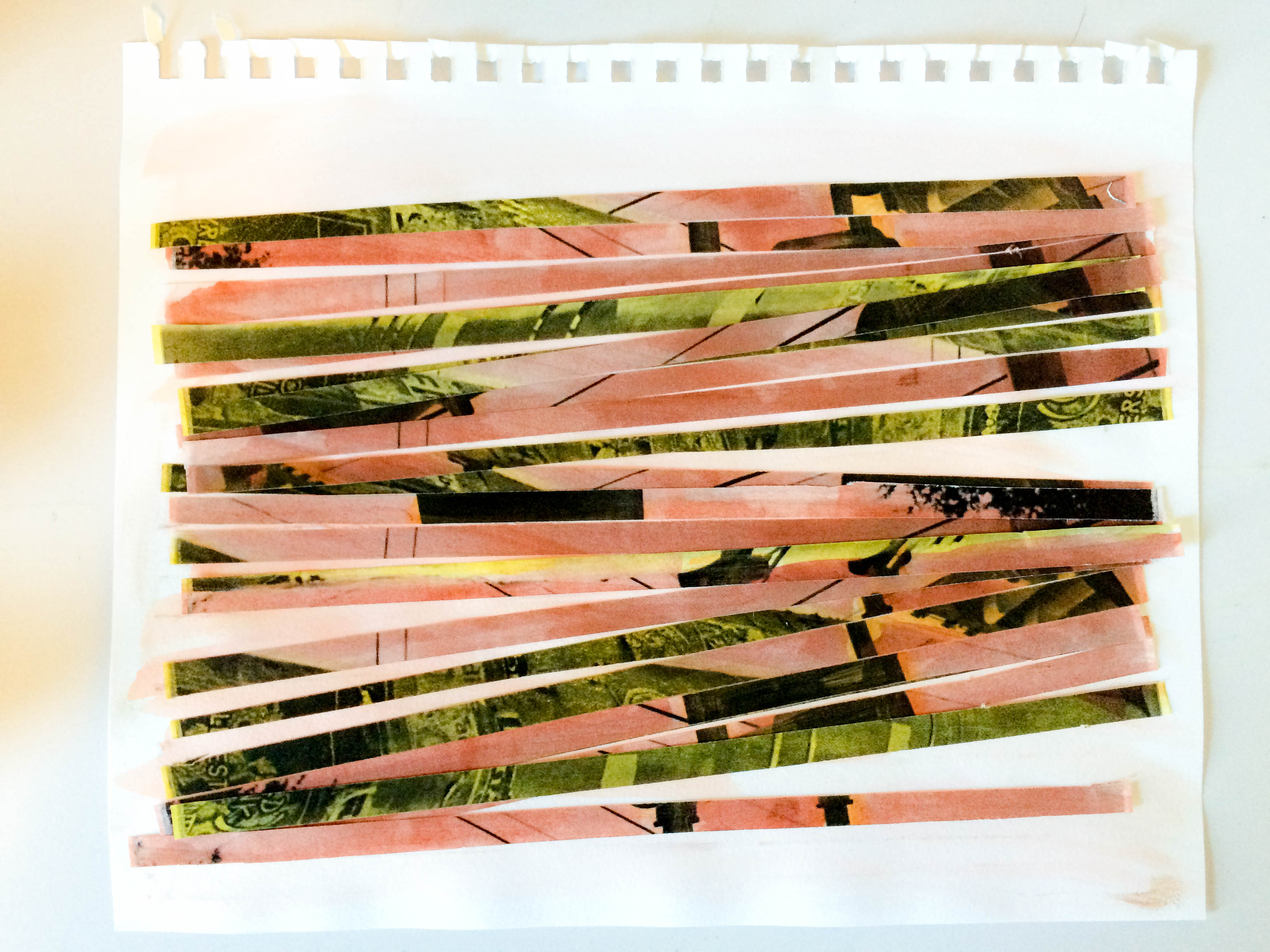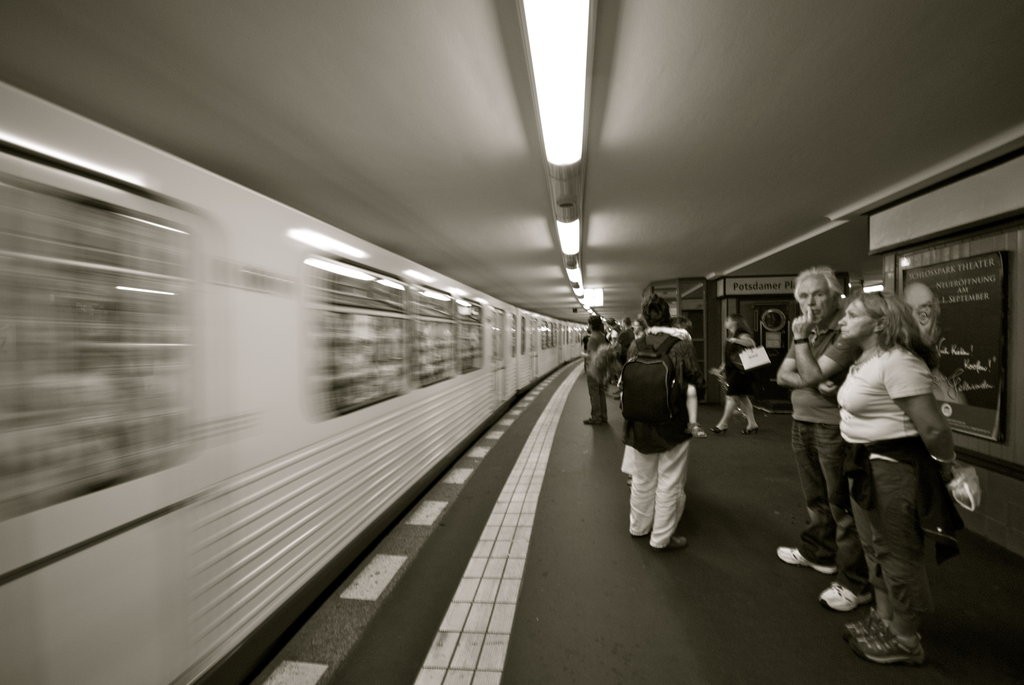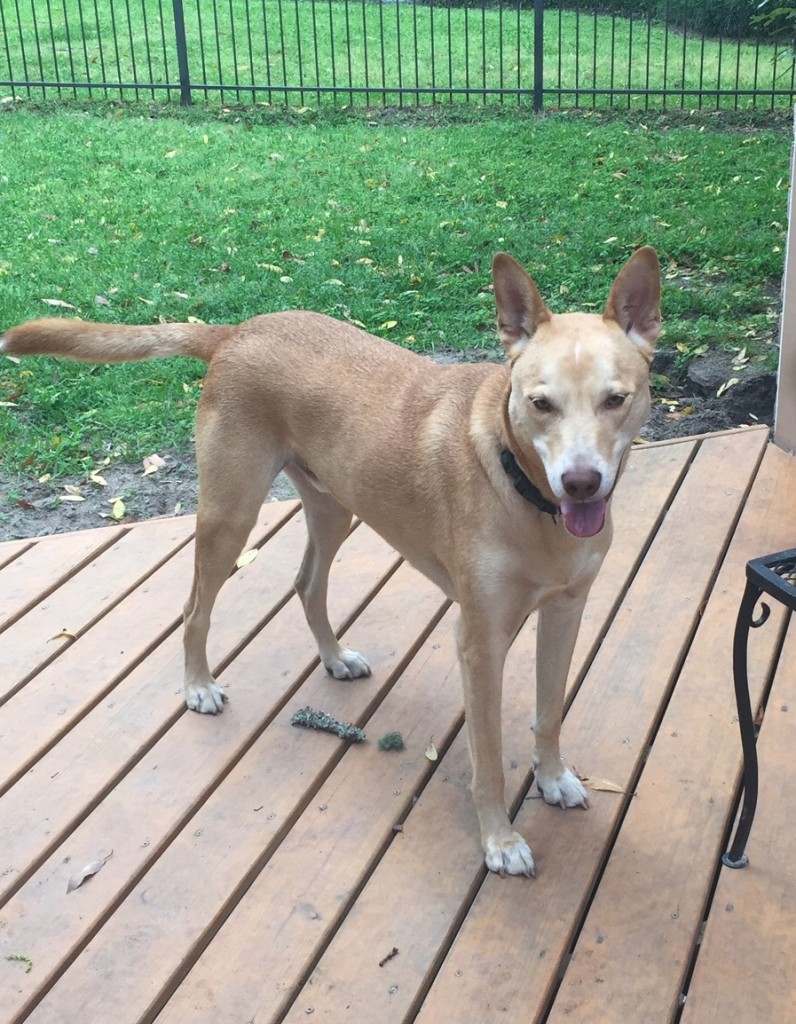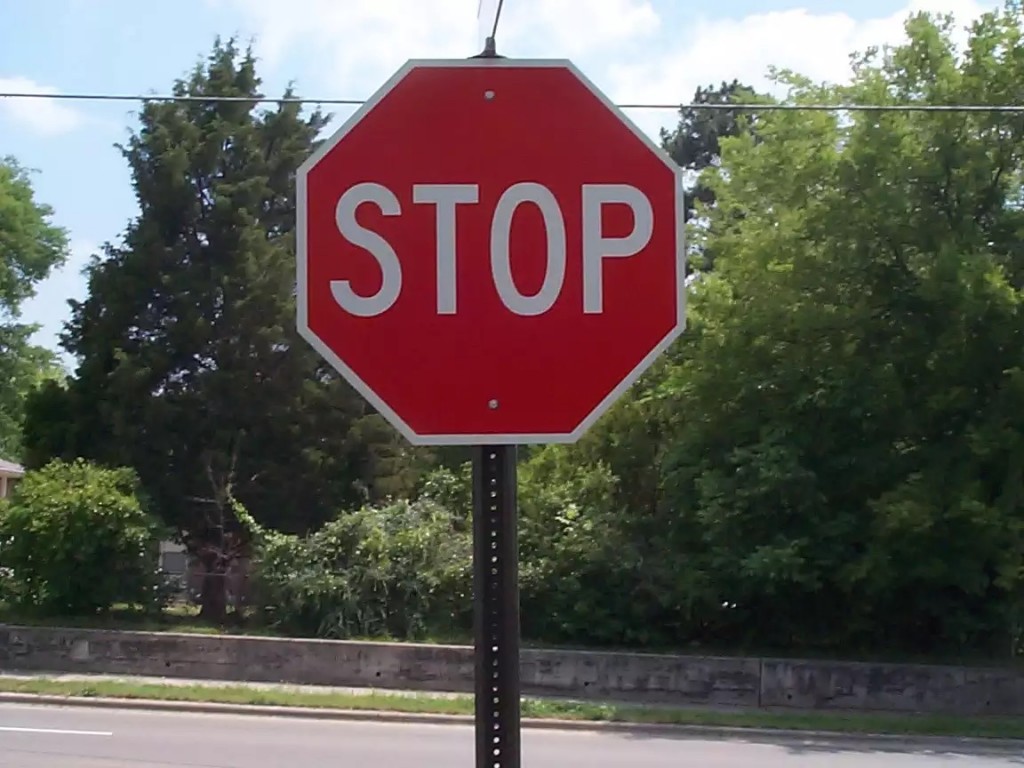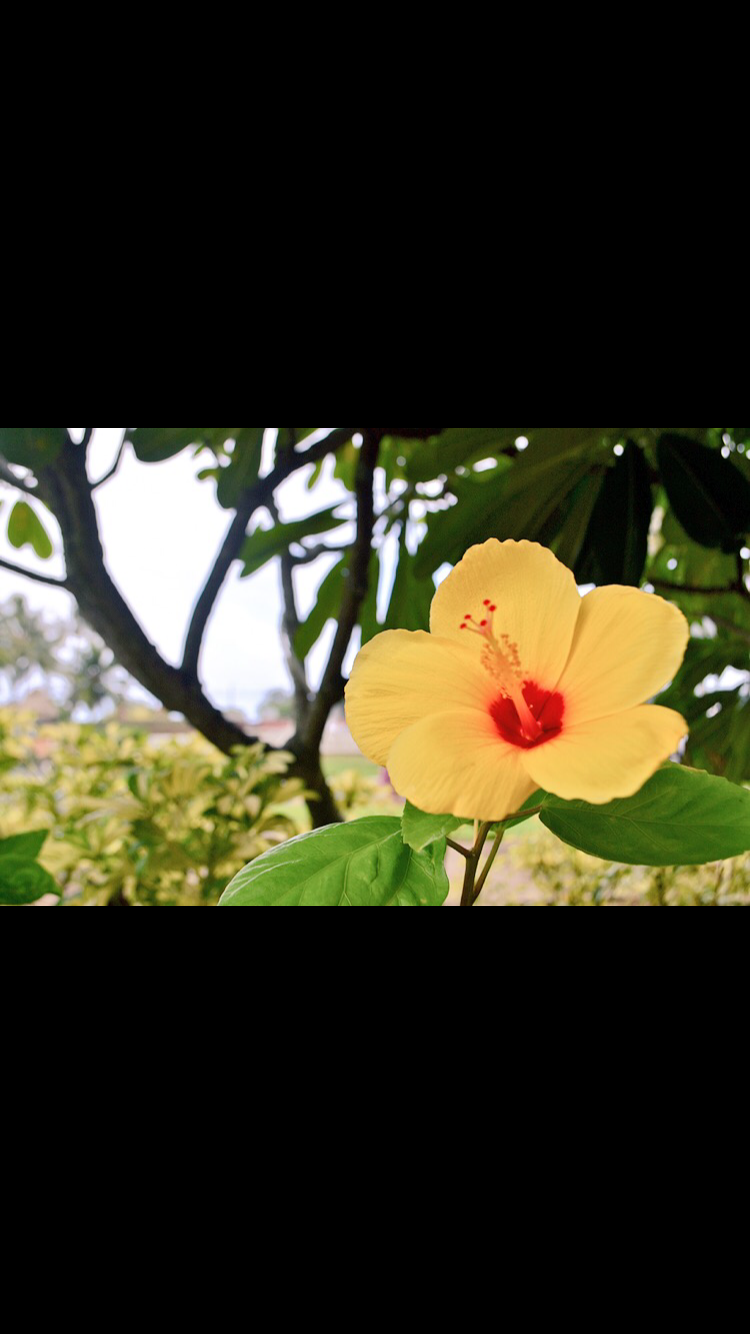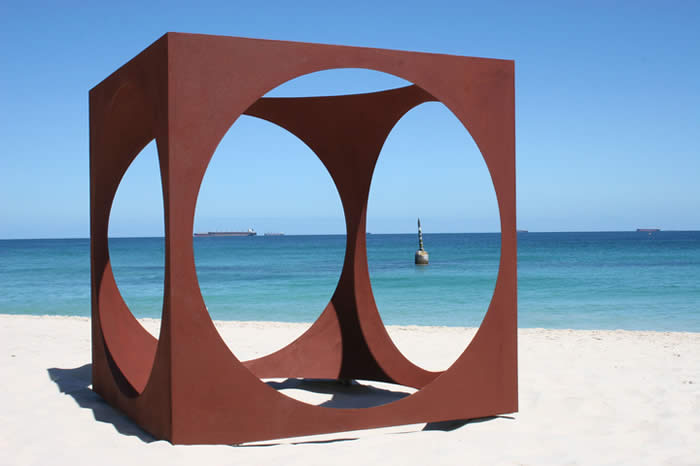Write a reflection of both short stories, specifically address the mood of each and how they made you feel.
Nick Hornby’s “Nipple Jesus” is an account of a man named Dave who is tasked with guarding a controversial art work that’s just been released to the public. The short story takes the reader through Dave’s initial shock and disgust at the piece, to his growing interest in the work, to his eventual love for it (and hatred of those who dislike it). Reading the story was a bit shocking initially, and I was captivated by the numerous incidents that occurred following the painting’s release. Dave’s rough language and harsh worldview provided an interesting filter for reading this story. I felt like I was listening to a culturally-ignorant friend describe a work of art. It was very interesting to me, seeing Dave’s progression of understanding the work, only to hate it again when he feels “duped” at the very end. I felt a bit duped by the artist as well, after becoming so attached to the idea of something proper being made up of something considered improper. I developed this whole theory of Martha’s piece around this social statement, only to be told there was no social statement.
Raymond Carver’s “Cathedral” is an account of a man whose wife has a friend come to visit. The friend is blind, which makes the husband uncomfortable. He’s never met a blind person before, and has little patience or desire to engage with the man. Throughout the evening, the husband tries to find ways to entertain himself and feels awkward around the guest, due to his disability. It isn’t until the wife falls asleep in front of the TV that the husband is forced to engage with the man, and after interacting with him, finally becomes comfortable with him present. He actually enjoys the task of drawing the cathedral with the guest. I felt discomforted by the husband throughout the story, until the very end. His comments about the blind man made me cringe, and I felt angry at the husband for being uncomfortable. He seemed almost ignorant. His journey towards acceptance of something new to him reminds me of Dave’s journey with the shocking artwork. I felt a sense of relief at the end of this passage, that the issue between the husband and his discomfort around blindness had been resolved to an extent. It isn’t until he closes his eyes and puts himself in the man’s shoes that he can really begin to appreciate and understand the other, much like Dave had to do with the art–and as we all do when confronted by something new that makes us uncomfortable. At first.



